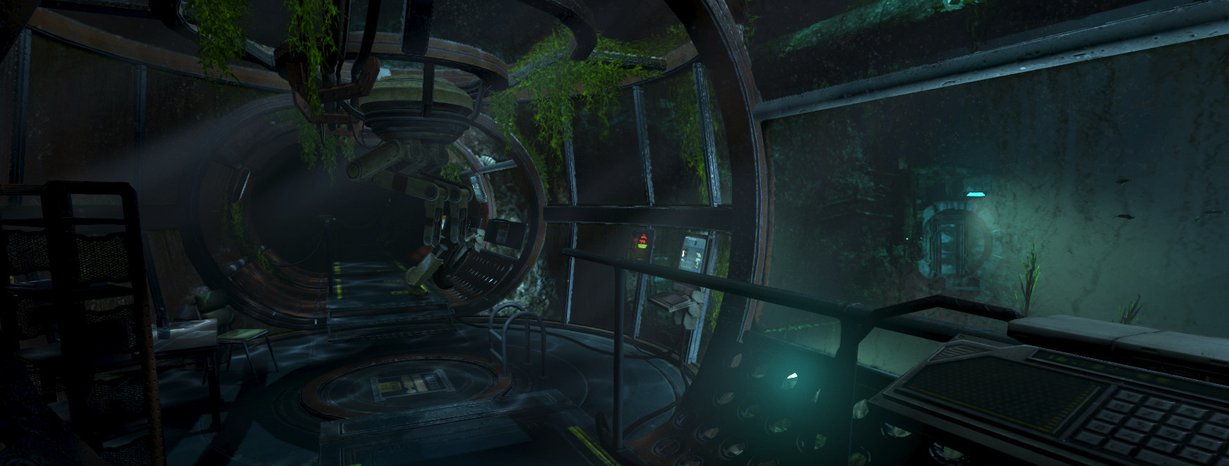The weighty doors and switches of Soma

In Why I Love, PC Gamer writers pick an aspect of PC gaming that they love and write about why it's brilliant. Today, Tom opens and closes drawers in Soma while giggling like a child.
It took me a while to make it out of Soma's first room. Not because of monsters or scary noises—Soma starts in an ordinary apartment—but because your first task encourages you to rummage through the place using Frictional's delightful click-and-drag interactions. Instead of pressing the open button on a cupboard, you 'grab' it with left click, and drag it open. Let go of the mouse and the cupboard door drifts a little under its own momentum.
It's a small thing, but this column is frequently about small things that just work perfectly. The grabbed object doesn't just cling to your cursor, it lags behind your motion, creating a sense of weight, as though some physical effort is going into the action. The same applies to doors, cranks, and switches. Sometimes when you open a draw quickly, the things inside rattle and roll around. I'm still used to seeing game props as static, carefully placed clutter, unaffected by physics. Soma's packed, high-fidelity apartment feels intriguing. I want to look inside everything and throw cups on the floor.
Frictional knows how good it feels to poke around. Soma's convoluted locks and strange machines require more involved click-and-drag motions that evoke the delightful fiddling of The Room, a puzzle game that challenges you to break into beautiful impossible boxes by sliding tabs, rotating rune-inscribed surfaces and twiddling lenses.

The Room was initially developed for touch control on iPads, but Frictional's games have been showing for years that similar interactions work very well with a mouse. It works because the dragging gesture vaguely emulates the real world motion, of course, though it does sometimes feel as though you're gently waving a door open like a lazy Jedi. Still, it's much more involving than a binary button press. I can imagine it working in virtual reality environments as well, where it's more important to counteract the weightless incorporeal nature of virtual objects
It might be a lot harder to implement than it looks, of course. A lot of physic clutter can lean heavily on system resources, which is why you rarely see such fidelity on a large sandbox scale. Nonetheless, this is one of those systems I'd like to see more games shamelessly copy. Maybe a rushed theft sim—Ready, Steady, Burgle!—or a chaotic high-poly team PvP version of Finders Keepers. There's always the entertaining chaos of Job Simulator to look forward to.
Keep up to date with the most important stories and the best deals, as picked by the PC Gamer team.
Part of the UK team, Tom was with PC Gamer at the very beginning of the website's launch—first as a news writer, and then as online editor until his departure in 2020. His specialties are strategy games, action RPGs, hack ‘n slash games, digital card games… basically anything that he can fit on a hard drive. His final boss form is Deckard Cain.


